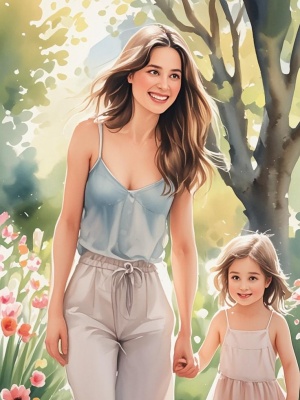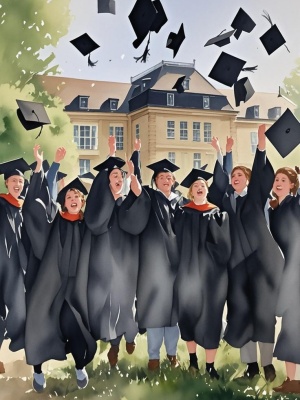The Art of Sketch Watercolor: A Comprehensive Guide
Introduction to Sketch Watercolor
Sketch watercolor is a unique art form that combines the spontaneity of sketching with the fluidity of watercolor painting. This technique allows artists to create expressive, loose, and vibrant artworks that capture the essence of their subjects. Whether you're a beginner or an experienced artist, mastering sketch watercolor can open up new creative possibilities.
Unlike traditional watercolor painting, sketch watercolor emphasizes quick, gestural strokes and minimal details. It's perfect for capturing fleeting moments, travel scenes, or quick portraits. Many artists find this style liberating because it encourages experimentation and embraces imperfections.
Essential Materials for Sketch Watercolor
Choosing the Right Paper
The foundation of any good sketch watercolor is quality paper. Look for cold-pressed watercolor paper with a weight of 140lb (300gsm) or higher. This type of paper can handle multiple washes without warping. For travel sketching, consider a watercolor sketchbook with sturdy pages.
Watercolor Paints and Brushes
Invest in professional-grade watercolor paints for vibrant colors that won't fade. A basic palette should include:
- Primary colors (red, blue, yellow)
- Earth tones (burnt sienna, raw umber)
- A few special colors like quinacridone gold
For brushes, carry a variety of sizes including:
- A large round brush for washes
- A medium round for general painting
- A small detail brush for finishing touches
Techniques for Successful Sketch Watercolor
Wet-on-Wet vs. Wet-on-Dry
Mastering these two fundamental techniques will greatly improve your sketch watercolor results. Wet-on-wet creates soft, blended effects perfect for skies or backgrounds, while wet-on-dry produces sharper edges for details.
Controlled Spontaneity
The key to sketch watercolor is finding balance between control and freedom. Start with light pencil sketches to establish composition, then apply watercolor with confident, expressive strokes. Don't overwork your painting - often the first strokes are the most vibrant.
Common Challenges and Solutions
Here's a quick problem-solution matrix for sketch watercolor artists:
| Problem | Solution |
|---|---|
| Muddy colors | Limit color mixing to 2-3 pigments |
| Overworked painting | Set time limits for each sketch |
| Paper buckling | Stretch paper beforehand or use heavier weight |
Digital Sketch Watercolor Alternatives
For those interested in digital alternatives, AI painting tools can simulate watercolor effects with remarkable accuracy. These tools are particularly useful for experimenting with different styles before committing to physical media.
Many professional artists now combine traditional sketch watercolor with digital enhancements. For example, you might create a base painting traditionally, then use photo enhancement tools to adjust colors or add final touches.
Conclusion: The Joy of Sketch Watercolor
Sketch watercolor offers a perfect balance between structure and freedom, making it accessible to artists of all levels. Whether you're documenting your travels in a sketchbook or creating finished artworks, this medium encourages you to see the world with an artist's eye.
For more inspiration, visit our gallery page to see examples of sketch watercolor transformed into digital art. Remember, the most important thing is to enjoy the process and let your unique style emerge naturally.

To further your knowledge, consider these authoritative external resources:
- Handprint Watercolor Guide - Comprehensive technical information
- Urban Sketchers - Global community of sketching enthusiasts
